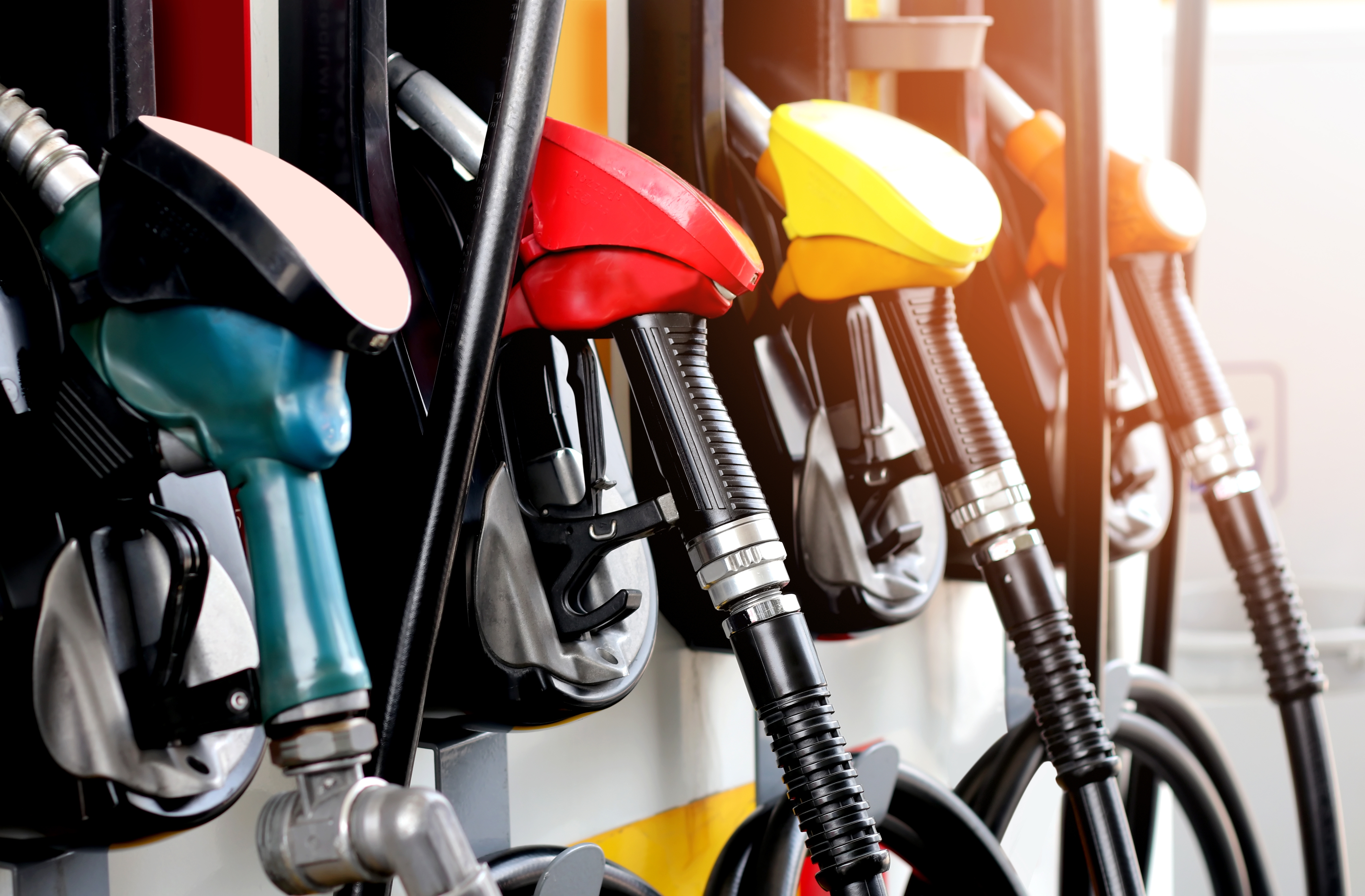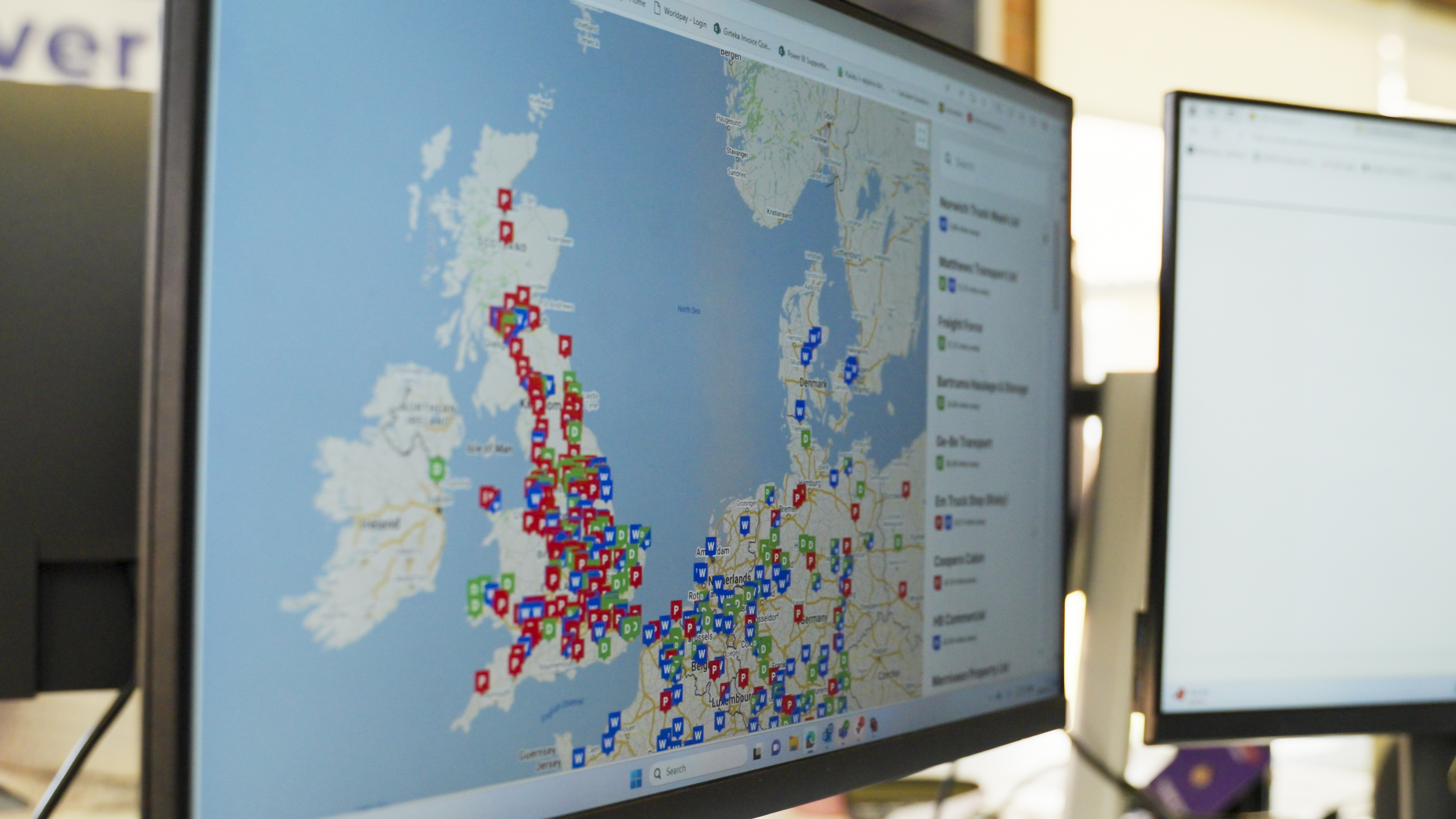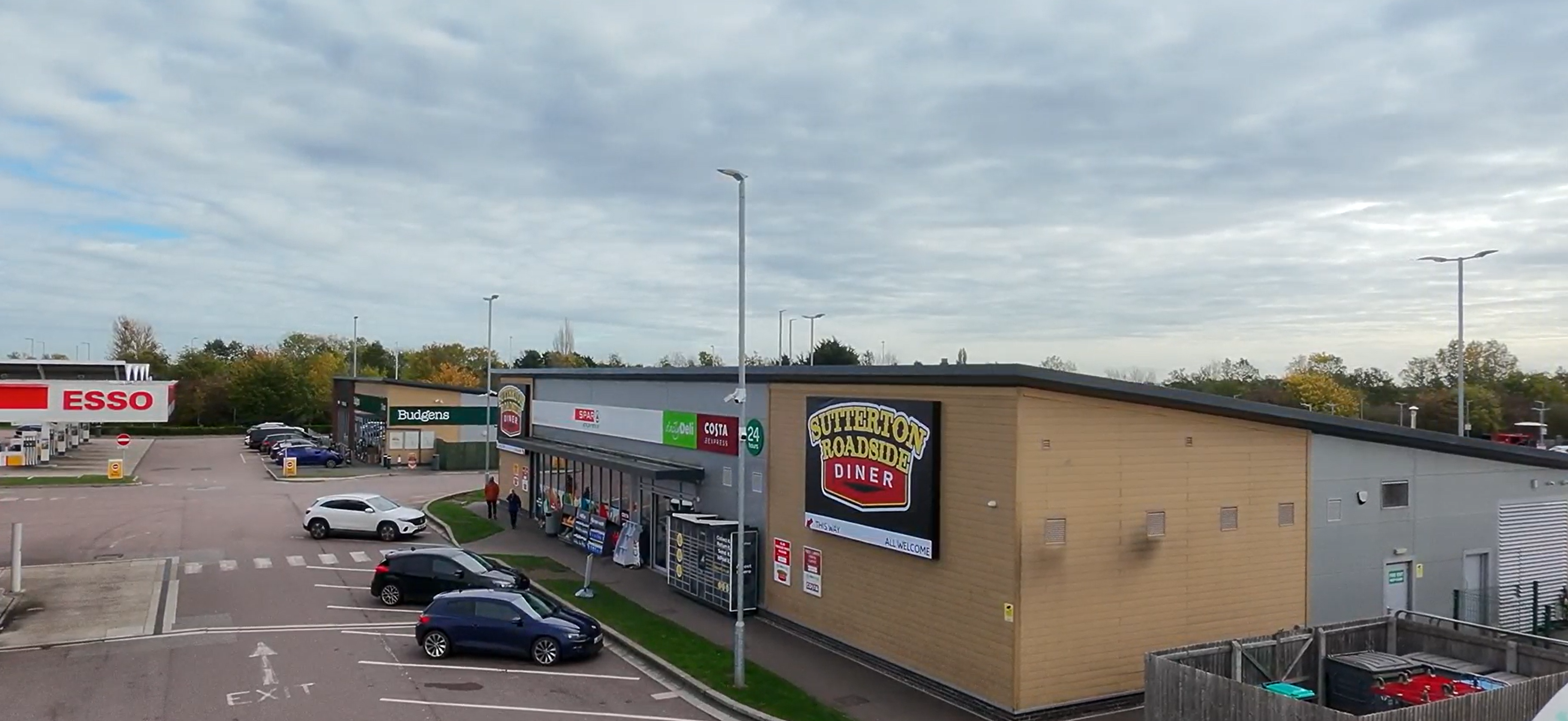
Miranda Blake
Les cartes carburant dans les transports - comment SNAP simplifie la vie des flottes
Créée: 20/11/2024
•
Mise à jour : 20/11/2024
Le besoin de solutions efficaces de [gestion de flotte] (https://snapacc.com/fleet-operators/) n'a jamais été aussi important. SNAP Account est une alternative puissante aux cartes de carburant traditionnelles, offrant une plateforme complète et conviviale qui simplifie les paiements et améliore l'efficacité opérationnelle. En répondant aux principales difficultés telles que le contrôle des coûts, la charge administrative et la satisfaction des conducteurs, nous ouvrons la voie à une nouvelle ère dans la gestion des flottes.
Solution de paiement complète
[SNAP Account] (https://snapacc.com/) est une solution de paiement de flotte tout-en-un qui révolutionne la façon dont les conducteurs gèrent leurs dépenses. En utilisant uniquement le numéro de plaque d'immatriculation du véhicule, ils peuvent payer toute une série de services, notamment :
Parking : L'accès à plus de 380 parkings dédiés aux camions dans toute l'Europe garantit qu'ils disposent toujours d'un endroit sûr et sécurisé pour se reposer. Lavage : avec plus de 230 installations disponibles, il n'est pas nécessaire de s'occuper de la propreté des véhicules. * Les conducteurs peuvent faire le plein dans les stations partenaires, ce qui simplifie les opérations. * Frais de passage à Dartford:** Les paiements automatisés des péages éliminent la nécessité de gérer des espèces.
Nous réduisons considérablement le fardeau que représente le port de plusieurs cartes ou d'argent liquide, car notre logiciel consolide ces différents paiements en un seul système.
Administration simplifiée
Pour les gestionnaires de flotte, les tâches liées aux cartes de carburant peuvent être écrasantes. Heureusement, SNAP Account simplifie ces processus de plusieurs façons :
Facture unique: Toutes les transactions sont compilées en une seule facture, ce qui réduit considérablement la paperasserie et les frais administratifs. * Cette fonction simplifie les déclarations fiscales et la gestion financière, ce qui permet de gagner un temps précieux. * Gestion des camions : il est possible d'ajouter autant de véhicules que nécessaire et de les regrouper en fonction du type ou de la destination.
Cette automatisation et cette centralisation permettent aux gestionnaires de flotte de se concentrer sur les décisions stratégiques plutôt que de s'enliser dans la paperasserie.
Amélioration du contrôle des coûts
SNAP Account offre des outils puissants pour optimiser les dépenses :
Limites de dépenses: Les gestionnaires de flotte peuvent fixer des restrictions et autoriser des achats, garantissant ainsi que les dépenses restent dans les limites du budget. Réductions: Les tarifs exclusifs de notre station-service partenaire, Certas Energy, permettent de réaliser des économies significatives. * Contrairement aux systèmes de cartes de carburant traditionnels, il n'y a pas de frais d'installation ou d'abonnement, ce qui facilite le démarrage. * Pas de frais cachés:** Nous éliminons les suppléments généralement imposés par les sociétés de cartes de carburant pour les services de relais routiers, ce qui garantit la transparence des prix.
Ces fonctionnalités permettent aux entreprises de gérer efficacement leurs dépenses en carburant et en services, ce qui se traduit par une amélioration de la rentabilité.
Vous souhaitez savoir comment d'autres personnes bénéficient de SNAP ? [Lire notre étude de cas] (https://snapacc.com/newsroom/efficiency-on-the-road-how-delintra-sp-zoo-are-optimising-their-fleet-with-snap/).

Avantages pour le conducteur
Le compte SNAP a été conçu en pensant au conducteur, en lui offrant de nombreux avantages qui améliorent son expérience sur la route :
Paiements simplifiés: Oubliez les cartes multiples ou l'argent liquide. La simplicité d'utilisation de la plaque d'immatriculation du véhicule pour les transactions change la donne. * Réseau étendu: Avec un accès à plus de 600 partenaires de services à travers l'Europe, ils peuvent facilement trouver les services dont ils ont besoin. * L'application [intruck] (https://intruckapp.com/) permet de réserver facilement des places de parking pour camions, ce qui permet aux chauffeurs de s'assurer de leur place à l'avance.
En simplifiant la vie sur la route, nous améliorons l'efficacité de la flotte et augmentons la satisfaction des conducteurs, ce qui fait de nous le choix préféré de nombreux opérateurs.
Sécurité et prévention de la fraude
Dans un secteur où la sécurité est primordiale, SNAP Account intègre plusieurs fonctions robustes pour protéger les actifs de la flotte :
- Chaque transaction est basée sur une plaque d'immatriculation enregistrée, ce qui garantit que seuls les personnes et les véhicules autorisés peuvent effectuer des paiements.
- Contrôle des dépenses : les responsables peuvent fixer des limites, ce qui réduit le risque d'abus.
- Options de stationnement sécurisé:** De nombreux sites partenaires offrent des fonctions de sécurité renforcées, ce qui garantit la tranquillité d'esprit des conducteurs.
Ces mesures se conjuguent pour créer un environnement sûr pour les opérations du parc automobile, protégeant à la fois les véhicules et les finances.
L'évolution des cartes carburant
Les cartes de carburant sont une pierre angulaire de la gestion de flotte depuis des années, mais les cartes de carburant traditionnelles sont souvent assorties de frais cachés, d'options de service limitées et de processus administratifs fastidieux. En revanche, SNAP Fuel remédie à ces lacunes en offrant une solution moderne et complète qui répond aux exigences de la gestion de flotte contemporaine.
Principales différences entre les cartes SNAP et les cartes de carburant standard
[Principales différences entre les cartes SNAP et les cartes carburant standard] (https://prodsnapstorage.blob.core.windows.net/public-news/0b050d22-dcfa-444d-8733-971f9dd4e68a-SNAP%20Account%20vs%20conventional%20fuel%20cards.png)
Témoignages de clients
Vous vous demandez comment d'autres ont bénéficié du compte SNAP ? Voici ce que certains opérateurs de flotte ont à dire :
Fenwick Haulage: "SNAP a transformé nos opérations. Nous n'avons plus à nous préoccuper des reçus ; nos chauffeurs utilisent simplement leur carte grise. Cela change la donne. * L Cunningham & Daughter Haulage: "La flexibilité offerte par SNAP est inestimable. Nos chauffeurs peuvent se garer sans se soucier des paiements anticipés, et la facturation est transparente." * Wincanton: "La facilité d'utilisation est inégalée. Nos chauffeurs peuvent réserver des places de parking et payer sans avoir besoin d'argent liquide ou de cartes, ce qui simplifie grandement leur travail. * Jack Richards: "SNAP a amélioré notre efficacité et réduit nos coûts de manière significative. C'est un outil essentiel pour notre flotte".
Si vous souhaitez récolter les fruits de vos opérations de flotte, contactez-nous au +44 (0)1603 777242.



